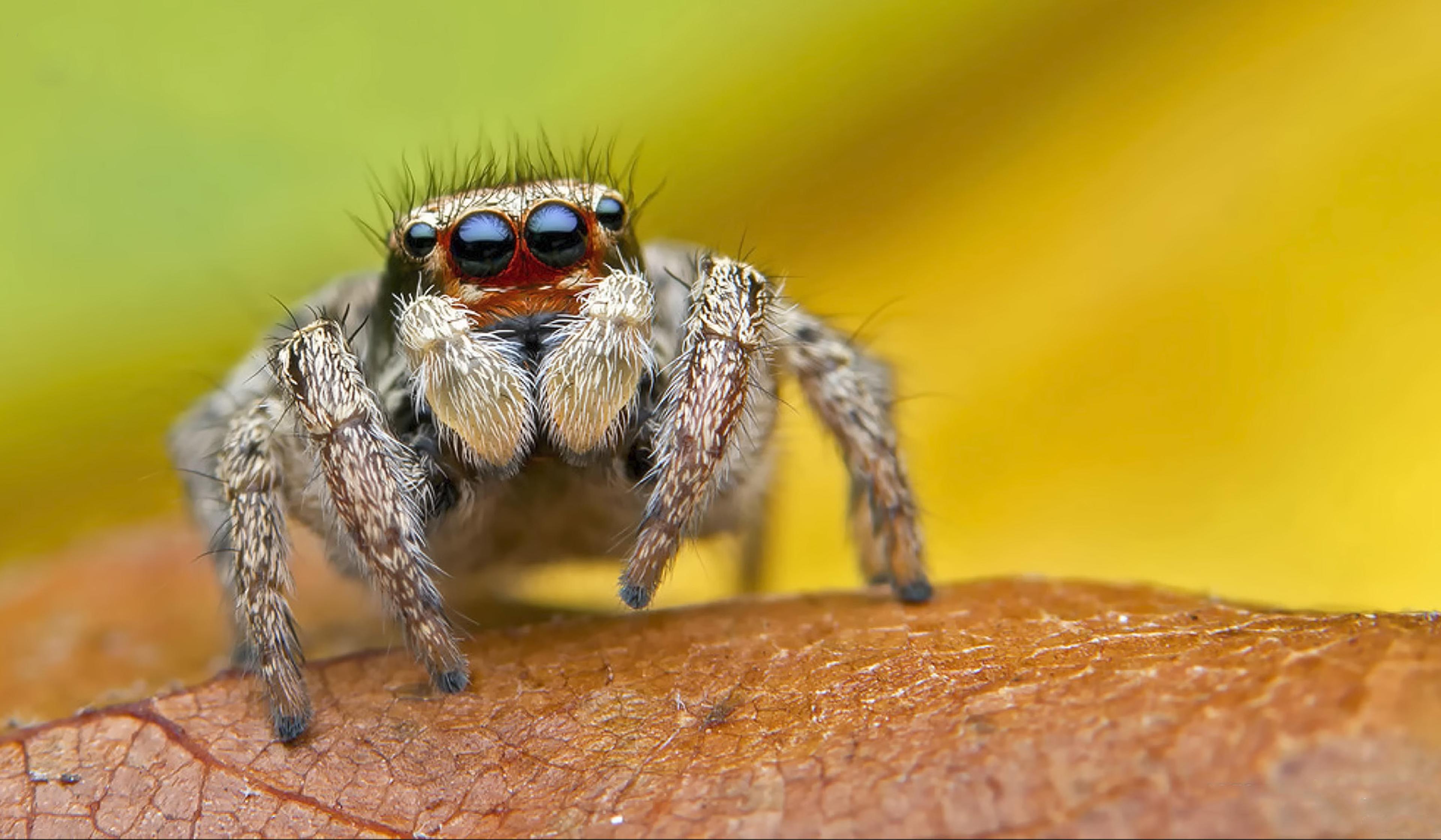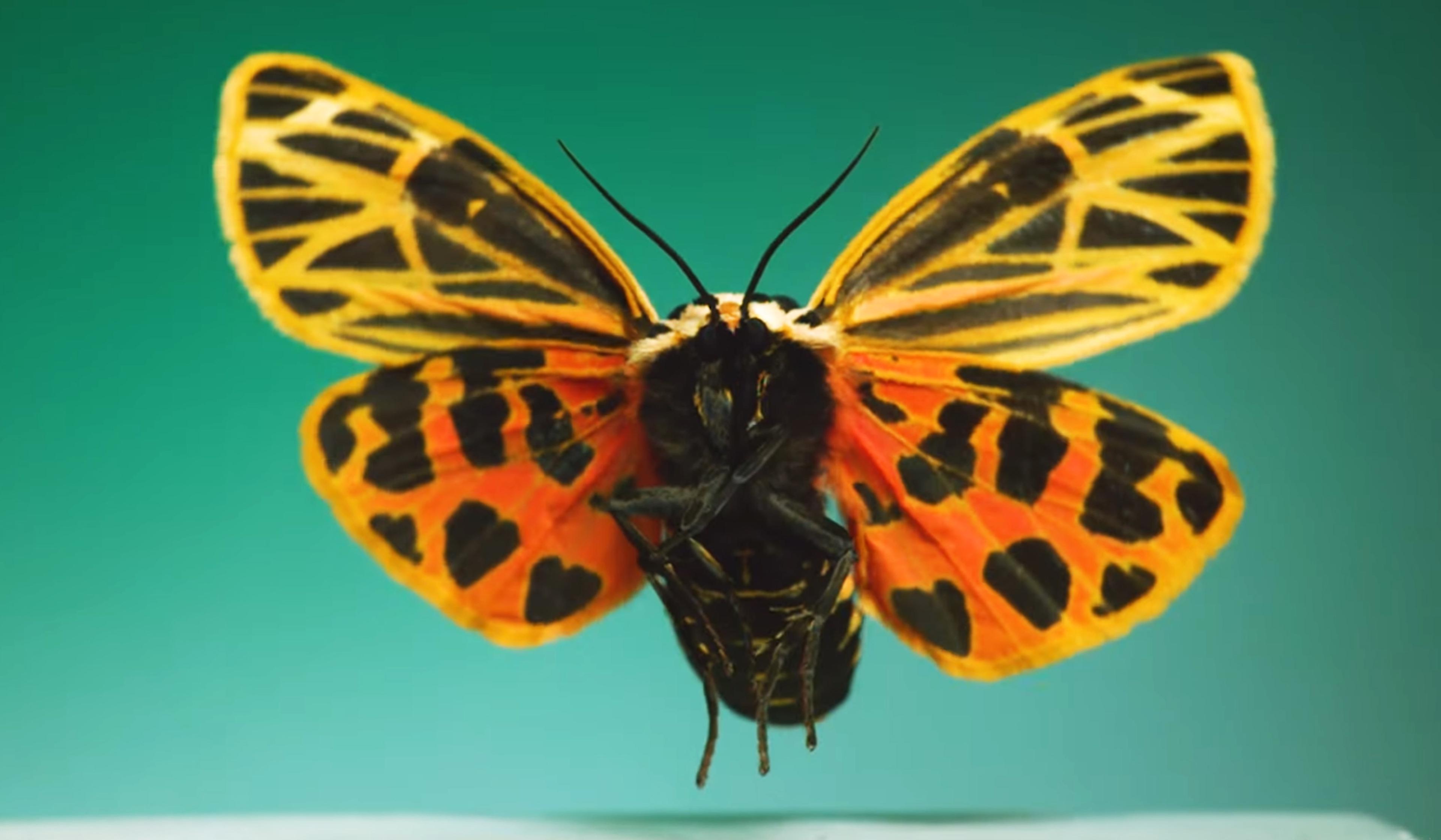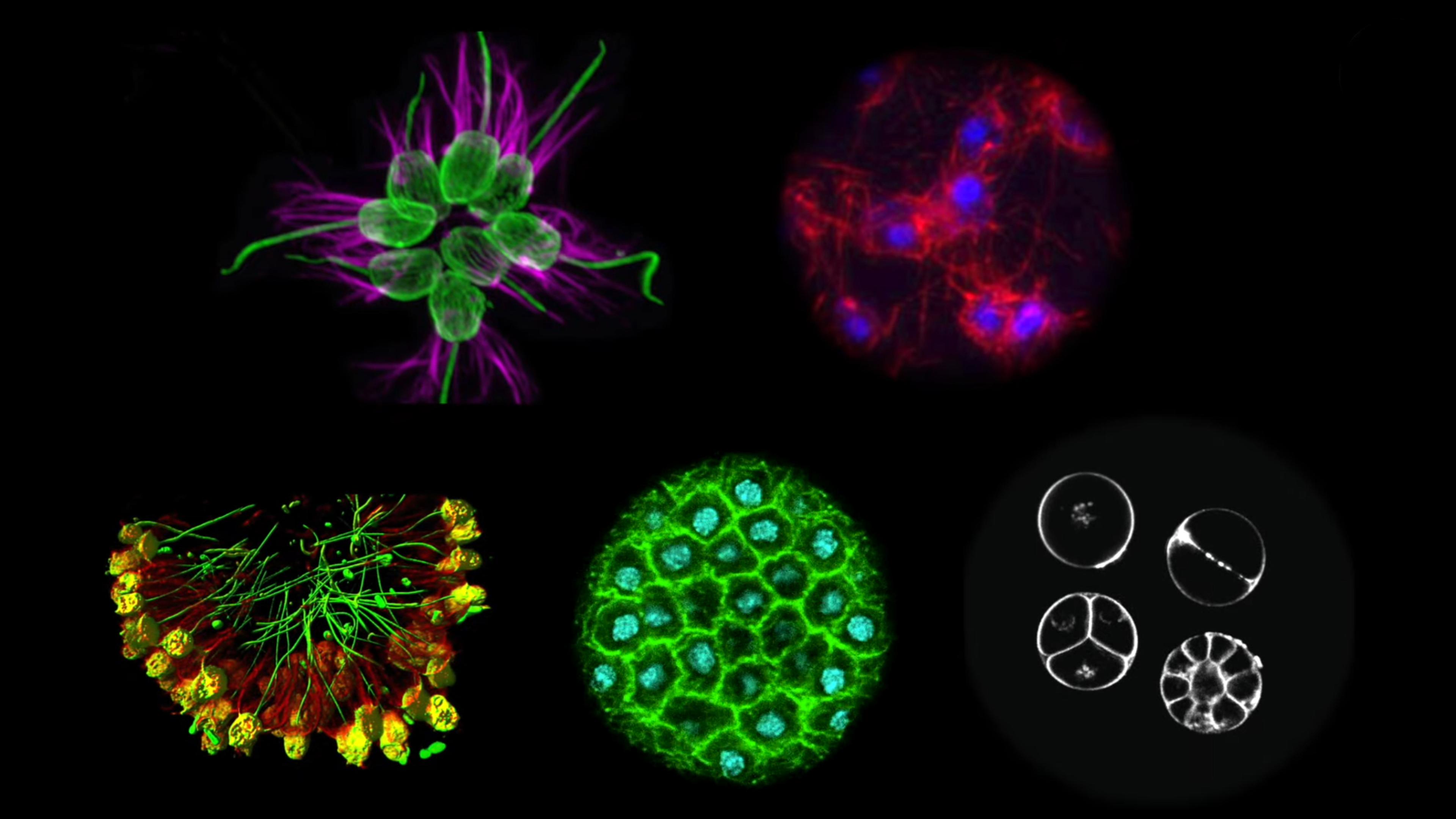In one sense, there are many ways to see a microbe, but in another, truly none at all. That’s to say, the array of microscopy methods developed since the Dutch scientist Antonie van Leeuwenhoek first peered into the microbial world in the 1670s are, by necessity, extraordinary distortions. Each represents a means of manipulating light to translate creatures that are, by definition, too small for the human eye to see. The result is a microbial world in which a single creature can look entirely different depending on the microscopy method used to capture it. This video from the YouTube channel Journey to the Microcosmos takes viewers on a tour of the many clever methods that scientists have developed to shine a light on small-scale life. The result is both an intriguing slice of science history and a highly illuminating visual investigation.
Via Kottke








